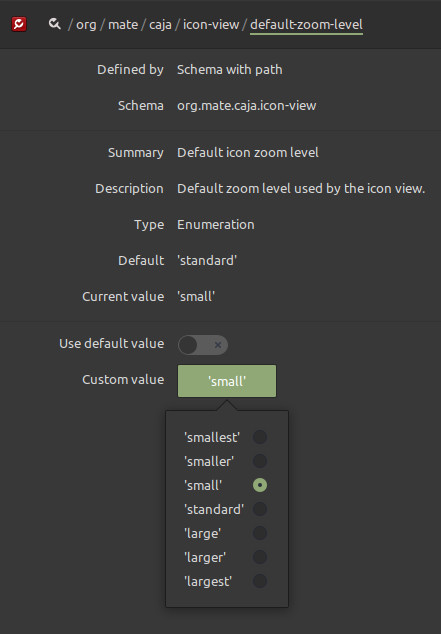

- #CHANGE DESKTOP WINDOWS GRID SIZE HOW TO#
- #CHANGE DESKTOP WINDOWS GRID SIZE INSTALL#
- #CHANGE DESKTOP WINDOWS GRID SIZE DRIVERS#
- #CHANGE DESKTOP WINDOWS GRID SIZE DRIVER#
- #CHANGE DESKTOP WINDOWS GRID SIZE SOFTWARE#
It allows you to organize icons by adding folders to your desktops as boxes.
#CHANGE DESKTOP WINDOWS GRID SIZE SOFTWARE#
Nimi Places – It is a free software program used to organize desktop icons in different customizable boxes or containers.Here are some of the free software apps you can use: They can also restore the position of your desktop icons whenever you try to switch the display or disconnect it. These apps can save the resolution settings of the connected display. You can also try installing third-party apps to manage the moving desktop icons.
#CHANGE DESKTOP WINDOWS GRID SIZE INSTALL#
Hit the Sign Out button and log in again.įix #6: Install a third-party app to manage desktop icons.
#CHANGE DESKTOP WINDOWS GRID SIZE HOW TO#
Then try to log in once again to activate the new custom scaling size.įor Windows 11 devices, this is how to set custom scaling: Sometimes, Windows will ask you to sign out and re-login for the changes to apply.Here, look for the Custom Scaling option and input 120 into the text field. Then input this command: ms-settings:display-advanced.Press the Windows + R shortcut keys to open and launch the Run applet.To set a scaling size in Windows 10, do this: By doing this, Windows will no longer change the scaling size every time you connect an external display. To fix this, set a custom scaling size that is the same for both the main and secondary display. Hence, in some cases, you may notice that your desktop icons move or change their positions. When you have an external display, Windows may select a scaling size of 100% or less than the default one. This size means that Windows will have to upscale everything digitally to ensure that the text and graphics are visible, and this includes the icons on your desktop. For instance, if you have a 15-inch laptop display with a 1920 x 1080 resolution, then the automatic default scaling is 125%. Windows usually chooses a default scaling size for your display, and this choice depends on the display’s native resolution and specifications.
#CHANGE DESKTOP WINDOWS GRID SIZE DRIVER#
#CHANGE DESKTOP WINDOWS GRID SIZE DRIVERS#
There are instances when problematic graphic card drivers trigger issues with your Windows 10/11 display. This will restart Windows Explorer and hopefully fix your desktop icons problem.įix #4: Uninstall your graphic card drivers. Into the text field, input explorer.exe, and hit OK.Now, launch Task Manager again and go to File > Run new task.Into the text field, input cmd.exe, and hit OK.Select File and choose the Run new task option.Right-click on Windows Explorer and click End Task.Open Task Manager by pressing the CTRL + Shift + Esc keys.Be sure to save all your work before closing your active apps and windows.So, it’s worth trying to clear your Icon cache every now and then. But there are times when they mess up with your system. By doing this, the icons should no longer rearrange themselves.Ĭaches can make things easier and quicker for you. You should then see the changes on your desktop.For instance, if you are using Small Icons as your display, change it to Medium Icons. Select View and switch your current view to another. Right-click on any blank space on your desktop.Some Windows 10/11 users have successfully resolved the problem by simply changing the Icon View. Reboot your computer and see if the problem has been resolved.Choose View and untick the Align icons to grid option. This fix is pretty straightforward and can be done in a few minutes. Fix #1: Disable the Align icons to grid option and auto arrange them. About Outbyte, uninstall instructions, EULA, Privacy Policy. Compatible with: Windows 10/11, Windows 7, Windows 8


 0 kommentar(er)
0 kommentar(er)
